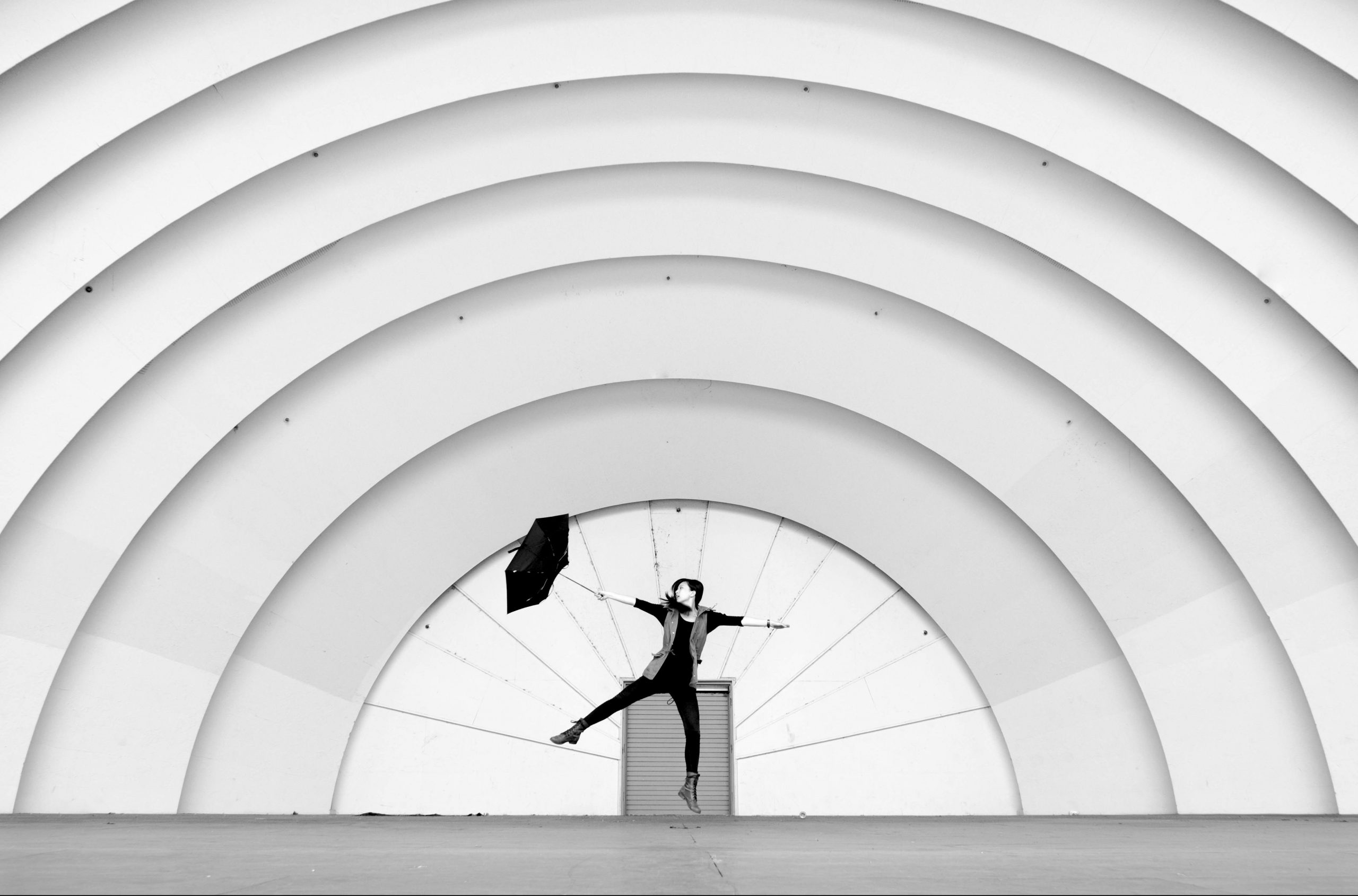This article was first published in September 2017.
I’m regularly appalled at the banality of post-match – or at least post-achievement – interviews of sports people still dripping from their efforts. As if it isn’t enough to hijack them before they’ve caught their breath, they are then interrogated by such lazy questions as “What does that win/loss/medal mean to you?” or “How does that win/loss/medal make you feel?”. An interesting answer may come in time and after reflection, but it’s doubtful anything meaningful will be offered there and then. I’m impressed these victims come up with anything to say at all, especially when English isn’t their first language. All credit to them.
In Rachel Cook’s somewhat ungenerous interview with my ex-boss Sir Richard Rogers in The Observer a couple of weekends ago, she describes his house in Chelsea as “mildly intimidating”. She goes on to say it “makes me wonder all over again if architects have any idea at all of the effect of their buildings on other people”. Well, as someone who has had the privilege of being inside that house, I can only say I found it inspiring, uplifting and an absolutely delightful place to be. As an architect, I was probably appreciative of the intelligence of the conversion and the attention given to meticulous detail, but I’m pretty sure I felt good on a basic human level too.
Rogers’ is a private home, sometimes generously used for semi-public or benevolent events, but the choices he and Ruth make to create their own family environment are surely their prerogative. Public buildings are a different matter, and I would suggest that architecture in this sphere has a duty to have an effect on the visitor or the user. Imagine walking into a museum, university or gallery and feeling nothing at all. Whether it is the Pompidou Centre (featured heavily in the article) or an empty modest parish church, a tingle is a tingle. First, we have to differentiate ‘buildings’ from ‘architecture’, where the expectation on the latter is higher because it involves a greater level of consciousness (admittedly, too often self-consciousness) and an earnest endeavour to meet the complexities of a client’s brief. Conversely, a modest building can raise the spirit because of its sheer simplicity and humility. So, I am actually fascinated by Cook’s enquiry into the ‘effect of (architects’) buildings on other people‘.
I come from church-going stock, and while I would stop short of confessing to being the black sheep of the family, I have to admit to finding it as stirring to be in an empty church as a full one. I’ve talked here before about the astonishing Maria-Magdalena Church in Freiburg, but I also remember tentatively pushing open the doors to an empty Fitzwilliam College Chapel in Cambridge (designed by MJP Architects) soon after it was built and the only soul inside was a student rehearsing at the organ, oblivious to my silent trespass. The combination of that space, its verdant outlook and that fulsome sound was as intoxicating as it was unexpected. I wasn’t even a huge fan of the architecture, but that’s just the point: the memorable encounter happens when the ambience surpasses the critique. That’s when the magic happens and the hairs stand on end, and it’s sadly all too rare.
Standing in her newly completed Serpentine Sackler Gallery extension in Hyde Park, Dame Zaha Hadid mused, “We do this really so you can be in a very simple space like this and feel good… it’s as simple as that”. The Sackler, along with the 2012 London Olympics Aquatics Centre and the 2006 Maggie’s Centre in Fife, remain Hadid’s best known UK works to date.
Maggie’s Centres are named after Maggie Keswick Jencks and are designed to provide practical, emotional and social support to people with cancer and their families and friends. Celebrated current architects have been chosen for each (stretching from Southampton to Inverness) and Hadid said of her Fife version, “Once you step into the building you enter a completely different world. It is a kind of domestic space, it’s relaxing. Hospitals should have intimate spaces, places where patients can have a little time for themselves, to retreat into… It’s about how space can make you feel good.” As a testament to this ambition, one guest has commented, “Maggie’s provided me with a refuge – a sanctuary – part of the real world but somehow detached. The world hadn’t changed but cancer had totally changed who I was and I needed help to learn how to live again.”
Wanting to make people feel good – particularly sick people – seems a fair ambition for an architect, and if we can move people, make them feel healthier, excited, motivated or simply just safe, all the better. The degree of sensory uplift is of course relative to the nature of the project, and some buildings are designed specifically to thrill. Love or hate Hadid’s approach to her external ‘architecture’, the assault on the senses of the internal spaces cannot be underestimated. ‘Good’ would be an understatement when applied to experiencing her MAXXI Museum of XXI Century Arts in Rome, for example. Only since her untimely death in 2016 has the impact she made on the profession and on those fortunate to experience her creations first hand been fully appreciated.
Returning to the Observer article, and to fair to Cook, perhaps the unnerving part about modern houses is that they are often larger and emptier vessels than normal homes, designed for flexibility in use and for the showcase of a few beautiful things. Whilst minimalism imposes lack of clutter (or vice versa), clutter still exists but it is hidden away. Perhaps this provides a vacuum in terms of ‘personality’ of the building or its owner and that’s where the fear comes from, but surely this cannot be leveled at Rogers with the house adorned with evidence of his family and their creative output all around him?







